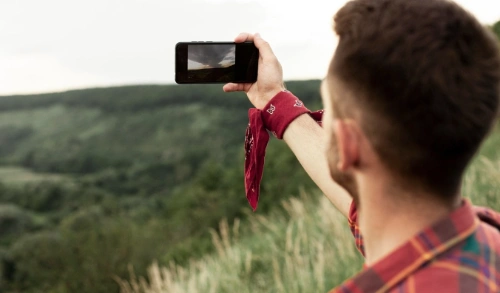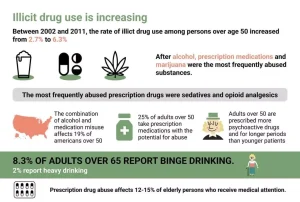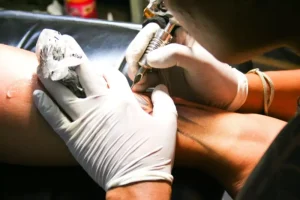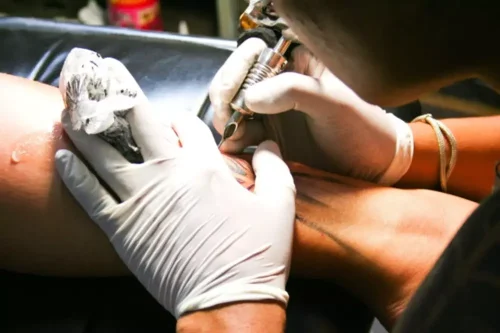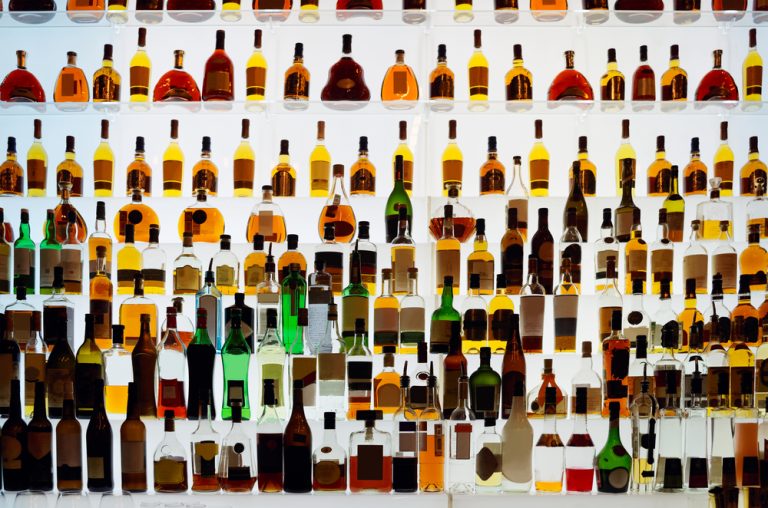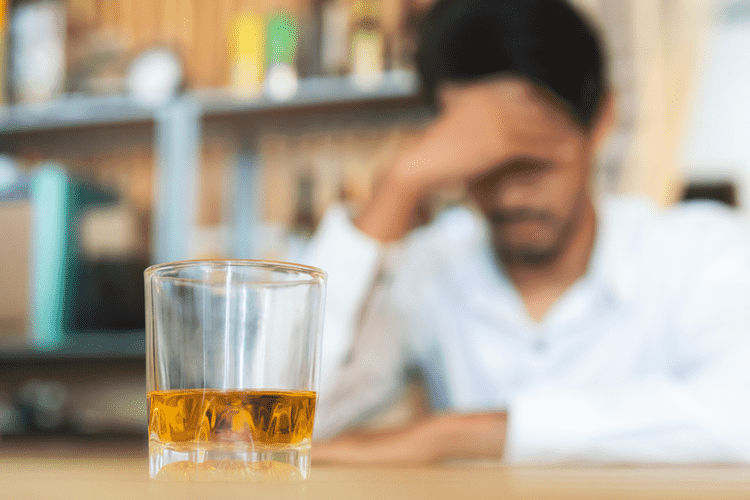Just one drink a day can raise blood pressure, trigger a dangerous irregular heartbeat or even shrink your brain, studies have found. Those are just a few of the many pitfalls of alcohol use, including the risk of cancer. The researchers looked at brain scans from about 850 substance-using adults ages 18 to 55 and about substance-using 440 teens ages 14 to 19, all of whom reported varying levels of alcohol and cannabis use. Long-term alcohol consumption can produce physiological changes in the brain such as tolerance and physical dependence. Unlike alcohol, which slows your heart rate, marijuana speeds it up, which could negatively affect the heart in the short term.
That being said, alcohol still faces all of the same aforementioned tolls on your health and risks of addiction. Additionally, compounds in cannabis can help prevent some diseases, stunt oxidative damage, and can also help prevent major conditions. Some compounds in cannabis have been found to be anticancer, antibiotic, and antifungal. There are some potential cardiovascular benefits with light-to-moderate use like 1-2 glasses of wine per day. Alcohol is legal and can be purchased almost anywhere and everywhere. However, is available necessarily a sign that it’s better for you?
“There are segments of the population that want to bypass the entire process, grabbing this nugget of truth … and claiming smoking marijuana can be good for your health and have medical uses,” Baler said. But experts are cautious to declare that marijuana is not harmful to the brain based on the evidence of this study. There probably isn’t a perfect way to evaluate and present all drug harms. Researchers will always need to balance making information simple and accessible for policymakers and the public with the inherent complexity of drugs and their effects. This makes the task of building scientific drug policies very challenging.
However, since marijuana can also heighten anxiety in certain people, monitor your symptoms closely if you medicate with cannabis. Drugs.com classifies the interaction between Cymbalta and marijuana as moderate. According to the site’s guide, doctors should recommend the combination only in special circumstances.
It’s time to clear the smoke
- Cannabis also has health and medical benefits which include reducing pain, improving sexual libido, treating inflammation, and acting as neuroprotectants.
- It contains nerve fibers that help neuron cells communicate across different brain regions.
- Dr. Singh cautioned that one liver disease, hepatitis, is made worse by cannabis.
- According to the CDC, 3.3 million women are at risk of exposing their babies to alcohol.
- The question of whether alcohol or marijuana is worse for health is being debated once again, this time, sparked by comments that President Barack Obama made in a recent interview with The New Yorker magazine.
Last year, for example, Medical News Today reported on a study linking marijuana use to a greater risk of psychosis in teenagers, while another study claimed that the drug is “worse than cigarettes” for cardiovascular health. During the early stages of drinking, the brain releases more of the “feel good” chemical dopamine. This chemical surge provides temporary relief from negative emotions and can produce increased confidence, sociableness, relaxation or elation. Seventy-five percent of Americans believe alcohol consumption negatively affects society. But on the flip side, 49 percent of Americans believe that cannabis use affects society positively, per a recent Gallup poll. Still, because of marijuana’s largely illegal status, long-term studies on all its health effects have been limited — meaning more research is needed.
Health Challenges
It’s never a good idea to drive under the influence of drugs or alcohol, but especially both. A study on marijuana use and intimate partner violence found that couples who used marijuana had lower rates of intimate partner violence in the first 9 years of marriage. In fact, men who used marijuana were the least likely to commit an act of intimate partner violence against a spouse. When it comes to what substance will put someone at risk for getting hurt or hurting others, alcohol is considered to cause the most harm. Stephanie Pappas is a contributing writer for Live Science, covering topics ranging from geoscience to archaeology to the human brain and behavior. Stephanie received a bachelor’s degree in psychology from the University of South Carolina and a graduate certificate in science communication from the University of California, Santa Cruz.
Alcohol ‘more damaging to brain health than marijuana’
Daily marijuana use raises the risk of stroke by 42% and heart attack by 25%, even if there is no prior history of heart disease and the person has never smoked or vaped tobacco, according to a February 2024 study. He added that in some people with fatty liver disease, drinking two to three cups of black coffee per day has helped reverse scarring in the liver, although it’s not known which ingredient in coffee is providing the benefit. “Our findings revealed that cannabis users were less likely to develop alcoholic liver disease, and cannabis-dependent individuals were the least likely individuals to develop alcoholic liver disease,” said Bukong.
The negative health consequences of misusing alcohol are becoming clearer every day. Similarly, people were more likely to go to work after consuming marijuana compared to alcohol, and they were more likely to have sex under the same circumstances. More than half of How Long Does Cocaine Stay in Your System What to Expect people would choose marijuana over alcohol if only one could be legal. As of March 2024, 17 states have legalized marijuana for medicinal purposes.
Alcohol can lower inhibitions but it can also impair judgment, coordination, and memory. Cannabis can affect your ability to pay attention, memory, and decision-making. It can overall slow your reaction time and your general perception of time and distance which can increase your likelihood of getting into an accident. This post will explore all the differences between these two intoxicants and explore their impact on your health and society at large.



